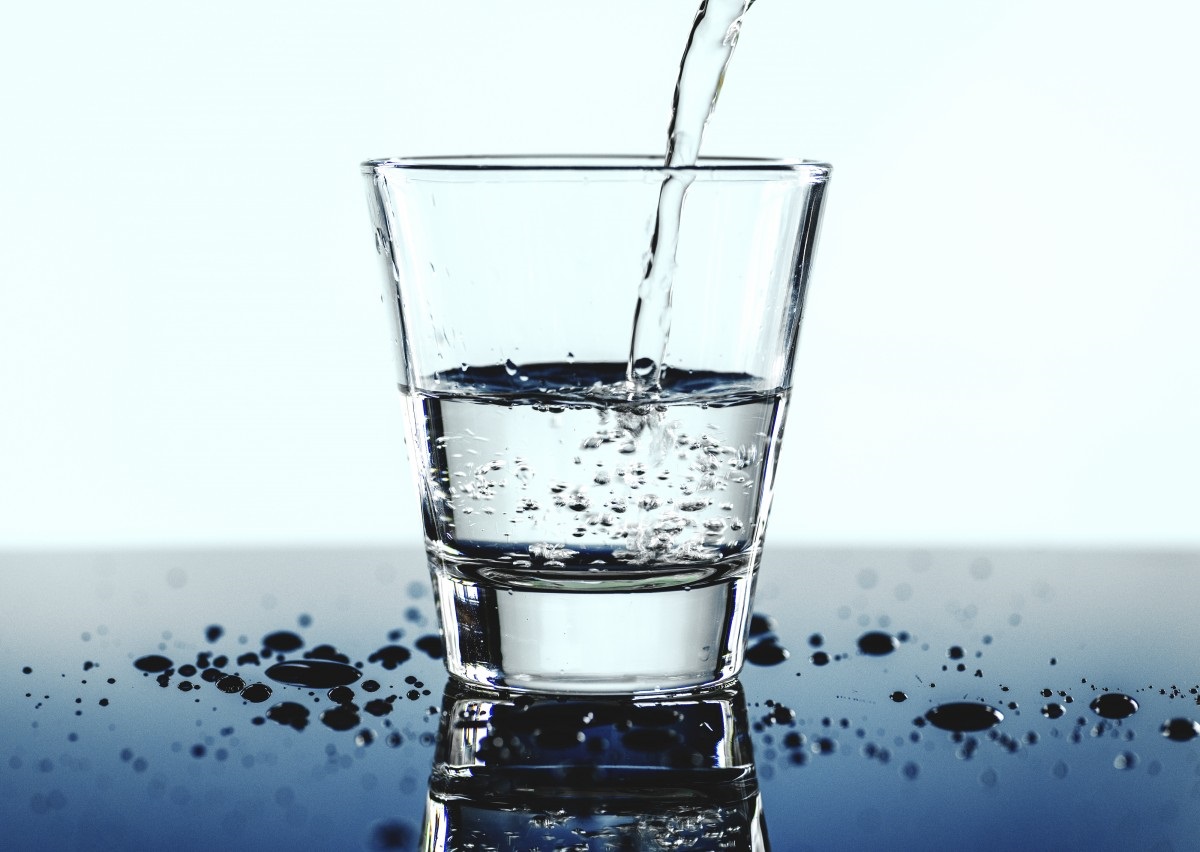Dehydration is a common but often overlooked health issue that can lead to a range of complications if not addressed properly. It occurs when the body loses more fluids than it takes in, disrupting the balance of salts and sugars that are vital for various bodily functions. While mild dehydration can result in symptoms like thirst and fatigue, severe dehydration can lead to serious health concerns, including kidney stones, urinary tract infections, and even organ failure. Understanding how to prevent dehydration is essential for maintaining overall health and well-being.
Understanding Dehydration
Before delving into prevention strategies, it is important to understand the risk factors and symptoms of dehydration. The human body is composed of approximately 60% water, and hydration is crucial for maintaining normal bodily functions.
High temperatures and humidity: Physical activity in hot weather increases fluid loss through sweating.
Increased physical activity: Engaging in intense workouts or sports can accelerate hydration needs.
Age: Infants and elderly individuals are at a higher risk due to lower total body water and reduced thirst sensation.
Common signs include:
- Thirst
- Dry mouth and throat
- Fatigue or dizziness
- Dry or flaky skin
- Prevention Strategies
1. Stay Hydrated Regularly
One of the simplest yet most effective ways to prevent dehydration is to drink water regularly throughout the day. It’s important to not only drink when you feel thirsty but also to establish a habit of sipping water at regular intervals. A good guideline is to aim for about 8 glasses (64 ounces) of water daily, though individual needs may vary based on factors such as activity level and climate. Monitoring your urine color can provide a useful indicator; pale yellow urine signifies adequate hydration, while dark yellow suggests that you need more fluids.
2. Adjust Fluid Intake During Physical Activity
If you engage in exercise or outdoor activities, your fluid needs increase significantly. To prevent dehydration during these times:
- For prolonged or intense activities, consider sports drinks that can replenish electrolytes.
- After Exercise: Rehydrate by consuming enough fluids to replace what was lost through sweat.
4. Monitor Your Environment
Weather conditions can significantly affect your hydration status. During hot and humid months, be especially mindful of your fluid intake. Conversely, in cold weather, people may forget to drink enough fluids due to reduced thirst perception, although dehydration can still occur.
If you work or exercise in hot and dry environments, consider taking frequent breaks to hydrate. Wearing loose and breathable clothing can also help keep your body temperature down.
5. Limit Dehydrating Beverages
Certain beverages can contribute to dehydration. Alcohol and caffeinated drinks, for instance, have diuretic effects and can lead to increased fluid loss. While moderate consumption of these drinks is typically okay, it’s important to balance out their intake with plenty of water.
6. Recognize Your Individual Needs
It’s crucial to recognize that hydration needs can differ from person to person based on age, health status, and climate. Pregnant or breastfeeding women, individuals with health concerns, and those residing in hotter regions may require more fluids. Consulting with a healthcare professional can provide personalized recommendations tailored to your circumstances.
Summary
Dehydration is a manageable condition that can often be prevented through simple lifestyle changes and mindful hydration practices. By understanding the importance of water intake, adjusting your habits during physical activity, consuming hydrating foods, and recognizing the effects of your environment, you can significantly reduce your risk of dehydration. Remember, a well-hydrated body is a key element of health, wellness, and vitality.
